It's Soeze
ISMACS News 81
March 2005
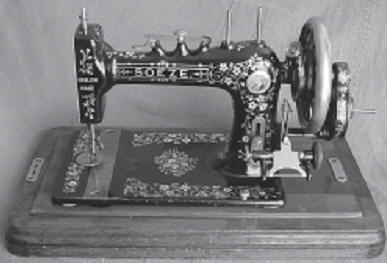
Fig 1 An early model Soeze with leaf tension 1898
At least it is, if you pronounce it phonetically - Sew easy - for this was the name given to Bradbury's answer to the German imports that were flooding the British market in 1898.
Announced in a fanfare of publicity the name Soeze was chosen as a result of a competition run by the Bradbury Company, the winner being presented with a Soeze in June 1898. This machine may have been a pre production model for it wasn't until August 1898 that the factory completed its first batch of Soeze machines.
There may have been production problems or perhaps the Company needed to build up sufficient stock before releasing the machine on general sale. However in September 1898 the Soeze was on show at the Company's principal depot in London and was one of the Company's best selling lines. The machine itself (Fig 1) is similar to the New Home Climax range of machines one of which was also marketed under the name So-e-ze - a remarkable coincidence. Bradbury may have produced a copy of the New Home machine under licence but we'll
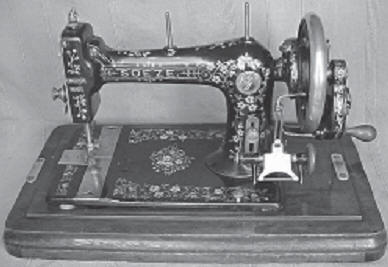
Fig 2 The redesigned Soeze Mk 2 1899
probably never know, what is certain is that the Bradbury Company changed the design of its Soeze after only about 1000 machines had been produced. For the new version (Fig 2) (which for clarity we'll call the Mk 2) the casting of the arm and needle head were changed with the addition of a take-up lever and tension discs located on faceplate. The needle plate became rectangular instead of round and extended to the end of the bed.
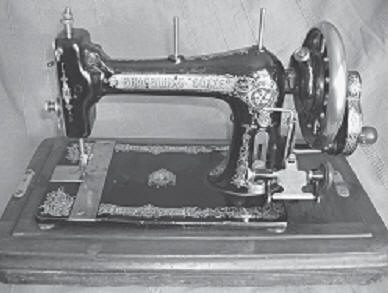
Fig 3Bradbury's Soeze Mk 3 with revised decal set 1903
Initially this Mk 2 version had the same decal set as the earlier model but within a further 900 machines the decals had been changed. The machine (Fig 3) was now adorned with Red, Green & Gold decals and instead of the single word Soeze on the arm it became Bradbury's "Soeze" - so we'll call that one the Mk 3.
Production seems to have settled for a while with some 8000 Mk 3 machines being produced but as the Company advertising states "there's no such thing as finality in sewing machine construction" and in September 1904 the Mk 4 reared its head (Fig 4). Once again minor cosmetic changes were made such as the raised platforms for the spool pins being deleted,
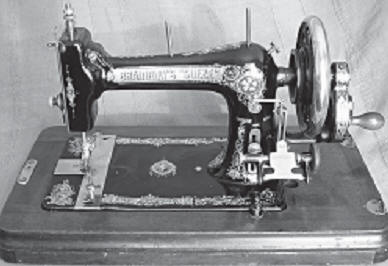
Fig 5The typical Soeze Mk 4 dating to 1905.

Fig 4Standard Soeze case Mk 4
as was the belt guard. The balance wheel was slimmed down and peg & socket hinges were introduced. The wooden base was simplified and although it had the same bentwood case the locating fixings were changed and although initially the lock keep was the same it was subsequently changed for a round version. The decals were the same as the Mk 3 with the exception of a batch of machines produced in 1905 which reused the Mk 2 floral pattern but with the name Westerian on the arm in place of Soeze. In total about 6000 of the Mk 4 Soeze were made.
When the name was finally dropped in 1906 some 16,200 Soeze machines of all Marks had been produced. There was however, still life left in the design and the Bradbury Company needing a Family sized vibrating shuttle machine to compliment it's Medium V.S. turned to the Soeze.

Fig 7The earliest Family V.S. on the Bradbury RegisterSerial No.16247 - do you have an earlier example?

Fig 6The Early Family V.S. Manual c1906although the machine it illustrates is a Mk 2 Soeze
Various modifications were made and it was renamed Bradbury's Family V.S. (Fig 6). Even so, its ancestry is unmistakable. In fact the serial numbers for the machines run sequentially and the manual for the earliest version of the Family V.S. (Fig 7) is virtually identical to that of the late model Soeze with just minor alterations where necessary.
As only about 1000 of these machines were produced this version of the Bradbury Family V.S. was probably only ever intended as a stop gap measure whilst the development of a totally new design of Family V.S. machine based on the Medium V.S. was completed, but then that's another story.
Dating a Soeze
As there are no official production records for the Bradbury Company, there is no way of being 100% accurate with production dates. However as just over 1000 Mk 1 machines were made these were almost certainly produced between July 1898 and June 1899. The 900 or so Mk 2 versions would then probably have been manufactured by the end of May 1900. A total of some 8000 Mk 3 machines were made between June 1900 to end August 1904 which averages just 156 machines a month. Finally that just leaves the Mk 4, we're not sure exactly when in 1906 production ceased but assuming the pattern continued then the end of August would be the cut off point. That means 6000 or so machines had to be manufactured in just two years indicating a production rate of approximately 250 machines a month. If that sounds confusing the following table is provided as a rough guide.
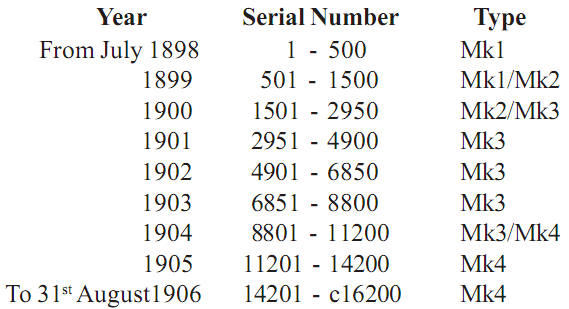
The principal flaw is of course assuming even production. However given the relatively small numbers of machines produced over an 8-year time span we believe that the table is reasonably accurate for the bulk of Soeze machines. It will probably only be machines on the cusp of a year that may be slightly earlier or later than indicated. If you have a Soeze that doesn't "fit" the information given in the table please let us know so we can ensure accuracy.
Collecting Soeze
It might seem a little sad but, including the Family V.S. we had seven of these machines. I say had seven, one was in poor condition and was used for spares. But it illustrates the point that despite the limited numbers made these machines are not particularly difficult to find in the United Kingdom. Having said that our machines have come from as far as Portsmouth, Norwich and Warrington, (the last was a horrific seven-hour round trip). The most we've paid was for the two early versions at £30 ($60) each. So they are still affordable, at least in the UK.





